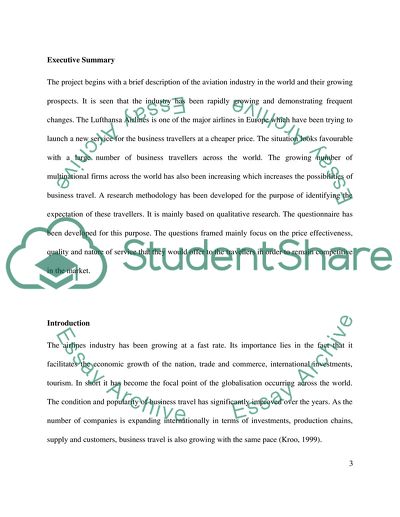Cite this document
(The Lufthansa Airlines' Customer Preference Study Research Paper - 1, n.d.)
The Lufthansa Airlines' Customer Preference Study Research Paper - 1. Retrieved from https://studentshare.org/marketing/1748100-businessconference-people-target-market
The Lufthansa Airlines' Customer Preference Study Research Paper - 1. Retrieved from https://studentshare.org/marketing/1748100-businessconference-people-target-market
(The Lufthansa Airlines' Customer Preference Study Research Paper - 1)
The Lufthansa Airlines' Customer Preference Study Research Paper - 1. https://studentshare.org/marketing/1748100-businessconference-people-target-market.
The Lufthansa Airlines' Customer Preference Study Research Paper - 1. https://studentshare.org/marketing/1748100-businessconference-people-target-market.
“The Lufthansa Airlines' Customer Preference Study Research Paper - 1”, n.d. https://studentshare.org/marketing/1748100-businessconference-people-target-market.


